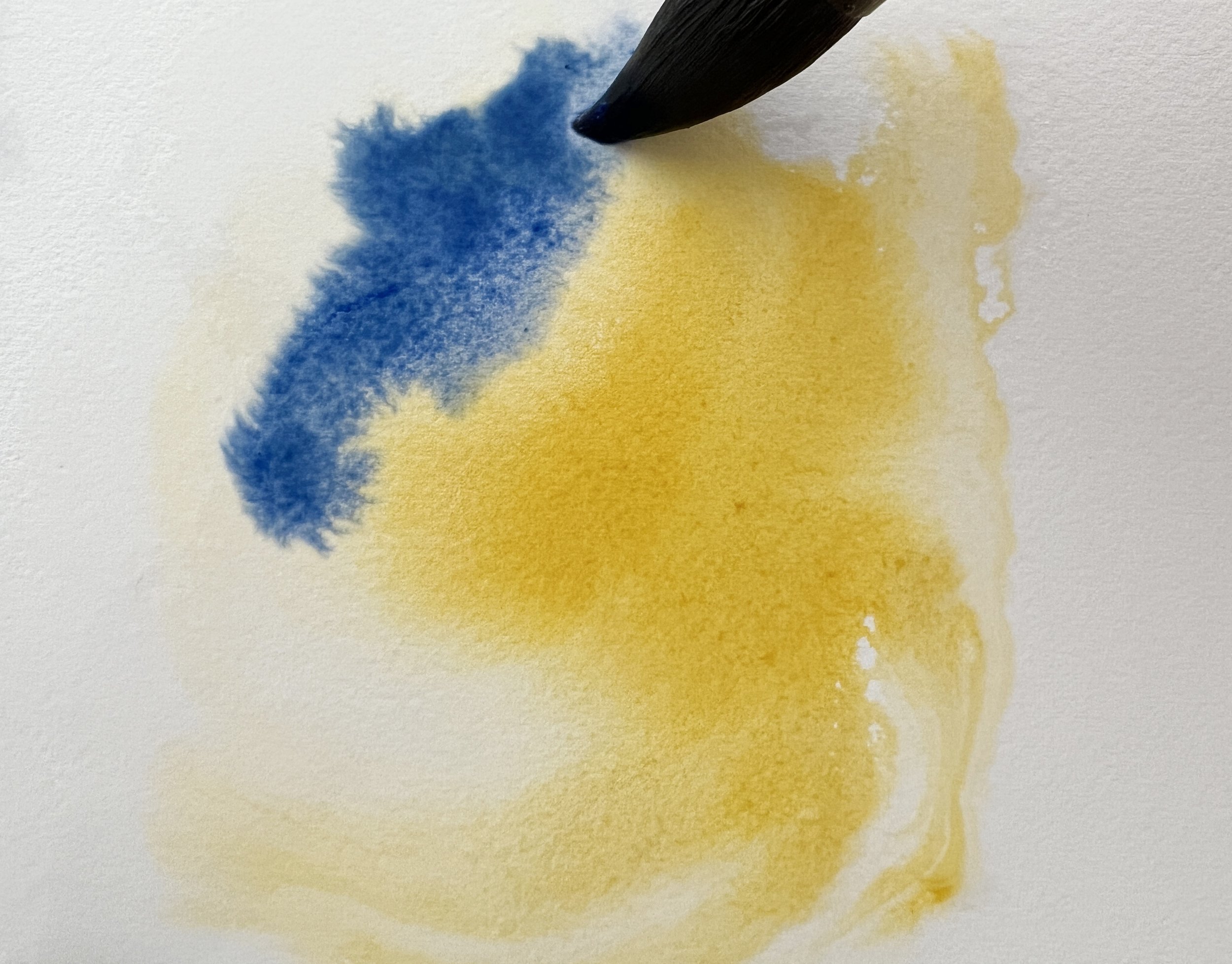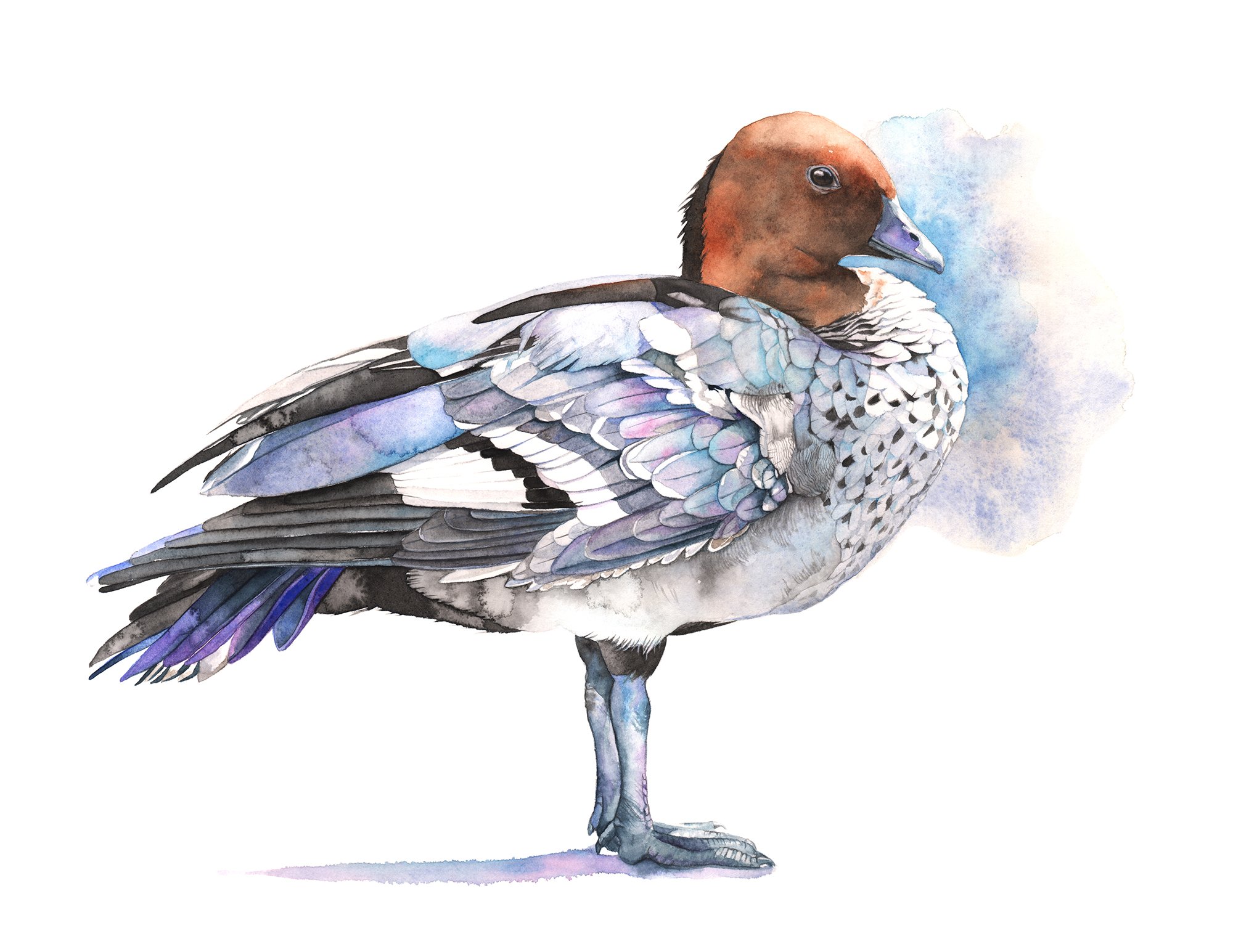The wet on dry technique is a fundamental method in watercolour painting where wet paint is applied onto a dry paper surface. We use it to create precise lines, textures, and details, because it provides greater control over the paint and prevents bleeding or flowing over the paper surface.
Read MoreOne major difference between pan paints and tube paints is their form of packaging. Pan paints come pre-dried in a plastic or metal container where they can be easily stored, while tube paints are packaged in small containers with a twist-off cap that contains wet paint.
Read MoreKnowing these pigment codes can help you identify specific colours and their properties, including lightfastness, opacity, granulation and staining qualities. This information can be invaluable when selecting watercolour paints to create your artwork. It also enables you to mix colours accurately and hopefully achieve the desired results every time.
Read MoreThe two most popular types of paper for watercolour painting are cotton paper and rag paper. While the terms "rag" and "cotton" are often used interchangeably, there are slight differences between the two.
I’m going to get a bit technical here so bear with me.
Read MoreWorking wet on wet in watercolour seems to trouble a lot of beginners. Below are some common questions I am often asked:
-How do you determine how much water to have on your brush or paper?
-How much water is too much?
-When working wet on wet how can I control how far and how uniformly pigment flows away from my brush?
-I find wet on wet to be a challenge. I almost always end up with ugly blooms. How do you avoid them?
-My paper is drying too quickly - please help?
Alrighty, let’s see if I can help.
Read MoreI thought it would make painting the background splash easier if I used masking fluid on the edge of the birds before I started, but after my background splash had dried and I started to remove the masking fluid, I discovered that it had left a yellow stain on my paper all the way around the age of the cockatoos.
It looked awful, and I came really close to ripping the painting off my board and starting again. I should have known better and I always tell all my students to test the masking fluid on the edge of the paper before using it to make sure it doesn't discolour or tear the paper when removing it.
Read MoreI was inspired to paint some seashells in watercolour after I sorted my collection of shells into containers.
Read MoreThree common water problems happen to me all the time when I paint but fortunately I know how to fix them when they do.
Read More






